Imagine you invite hundreds of guests to a party at your house. Each guest that enters places a piece of information about themselves in a box just inside your front door.
Do you want to look inside that box?
The vast majority of people would say, "Yes."
And yet, small businesses owners resolutely say "No," every day that they aren't mining and analyzing their dark data.
For small business owners, that metaphorical box by the door is a cornucopia of data waiting to provide actionable and profitable insights into their business.
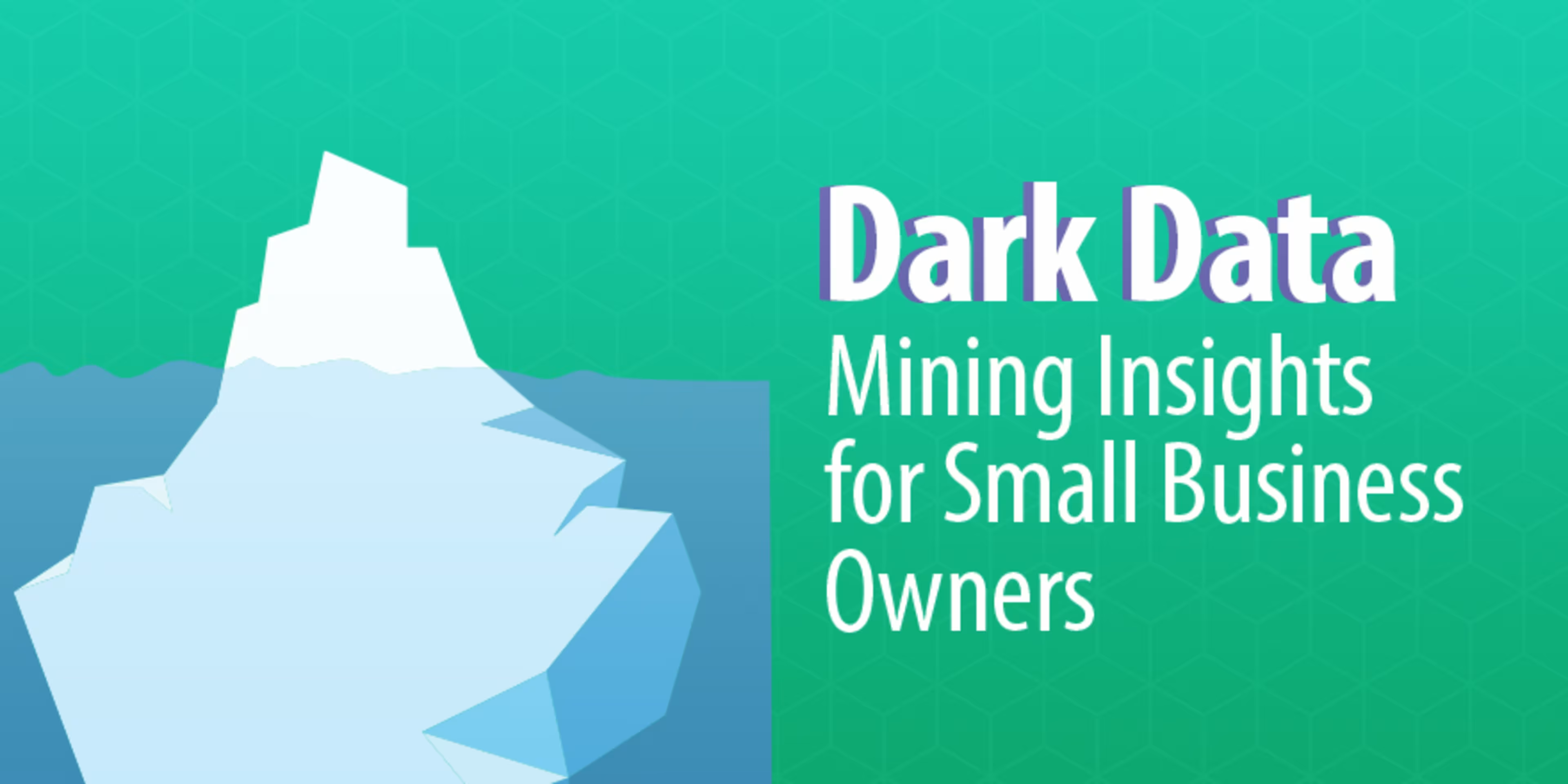
What is small business dark data?
Gartner originally coined the term and defines dark data as, "the information assets organizations collect, process, and store during regular business activities, but generally fail to use for other purposes."
Now imagine if you leave that box by your front door and a nosy neighbor looks in through your front window to take a peek inside. Or worse, a thief breaks into your house and steals your box. You never had the opportunity to find out what was inside.
For your small business's records management staff, that box is full of potential liabilities.
Depending on the size of your business, the length of the period it stores information, and the amount of data collected, one "box" of data can grow to a hoarder-esque stack of boxes that makes it impossible for you to reach your front door.
The stack of boxes is a problem because you are legally responsible for all of the data you collect, whether you use it or not.
According to research from the Ponemon Institute in 2017, each record with sensitive or confidential information that is stolen is worth $141 of loss in revenue to your business, and 58 records are stolen per second globally. That can add up if hackers take more than one record (which they will).
Also, ignorance of the data's existence or neglecting to use your data are not acceptable excuses when auditors investigate your data management history after a breach or complaint. Ultimately, it is your job to ensure that information is handled, stored, and disposed of properly. If you don't, you will suffer the consequences. What consequences you ask?
The United States: While the U.S. doesn't have a dedicated data protection law according to Lexology, the consequences for mishandling your data depend on a plethora of state and federal laws that have both "monetary penalties, affirmative obligations ... and injunctions prohibiting future violations."
The European Union: In May 2018, the EU's General Data Protection Regulation (GDPR) will go into effect, which contrary to its origins, will change how U.S. businesses handle their data. Fines for violating GDPR can gut your business's revenue by millions of Euros depending on the infraction.
4 dark data mining insights
The four tips below will help you take advantage of your data and protect yourself from fines and revenue loss. In our journey through dark data management, we'll discuss:
Mining—addressing your data fears and developing a simple guide to shine a light on, and start using, your data. Also, key dark data mining software features to look out for in your tool selection process.
Management—identifying different types of dark data and which jobs and/or certifications you can hire/train to start using your dark data.
Security—how to approach your dark data's security in a hacking-heavy world, and key features you need in your dark data security and governance tools.
Communication—once you shine a light on your dark data and formulate insights, it's time to show your work off to those who matter most—your stakeholders.
1. Mining tip: Don't be afraid of the dark (data)
The name "dark data" is intimidating. After all, bad things come out of the dark—boogeymen, vampires—you get the picture. But an enormous amount of unstructured data doesn't have to be scary.
It's time to shed some light on your dark data.
Alan Dayley, research director at Gartner, says, "No matter which types of dark data your organization collects, or how it is stored, the key to keeping data out of the dark is to ensure that you have a means of translating it from one form to another and ingesting it easily into whichever analytics platform you use."
Your data is unstructured and seemingly inaccessible now, but with a few tweaks to your information structure, you could discover a wealth of new possibilities for your business.
"By utilizing new technologies around business intelligence and IT tools, companies can join structured and unstructured data sets together to provide high-value results. When done correctly, the benefits will easily outweigh the costs involved with mining dark data," say the writers at Datumize.
How do you start tackling your dark data monster?
Start small. Pick a pain point you want to learn more about within your business and then commit to pulling and assessing that data.
Audit all of your data sources (traditional and non-traditional).
Identify the data sources that provide the best information for finding a solution to your pain point.
Audit your data analytics tools and techniques. These don't have to be fancy; they can even be free.
Use your new information to finesse the pain point you identified into a smaller problem, or even solve the problem entirely.
Key takeaway: Don't let the magnitude of data keep you from starting to use it for your business. The business that unlocks the secrets behind their dark data will gain a strategic advantage over those businesses who are still in the dark.
To get started in the process of using your dark data faster, look for data mining software with these features:
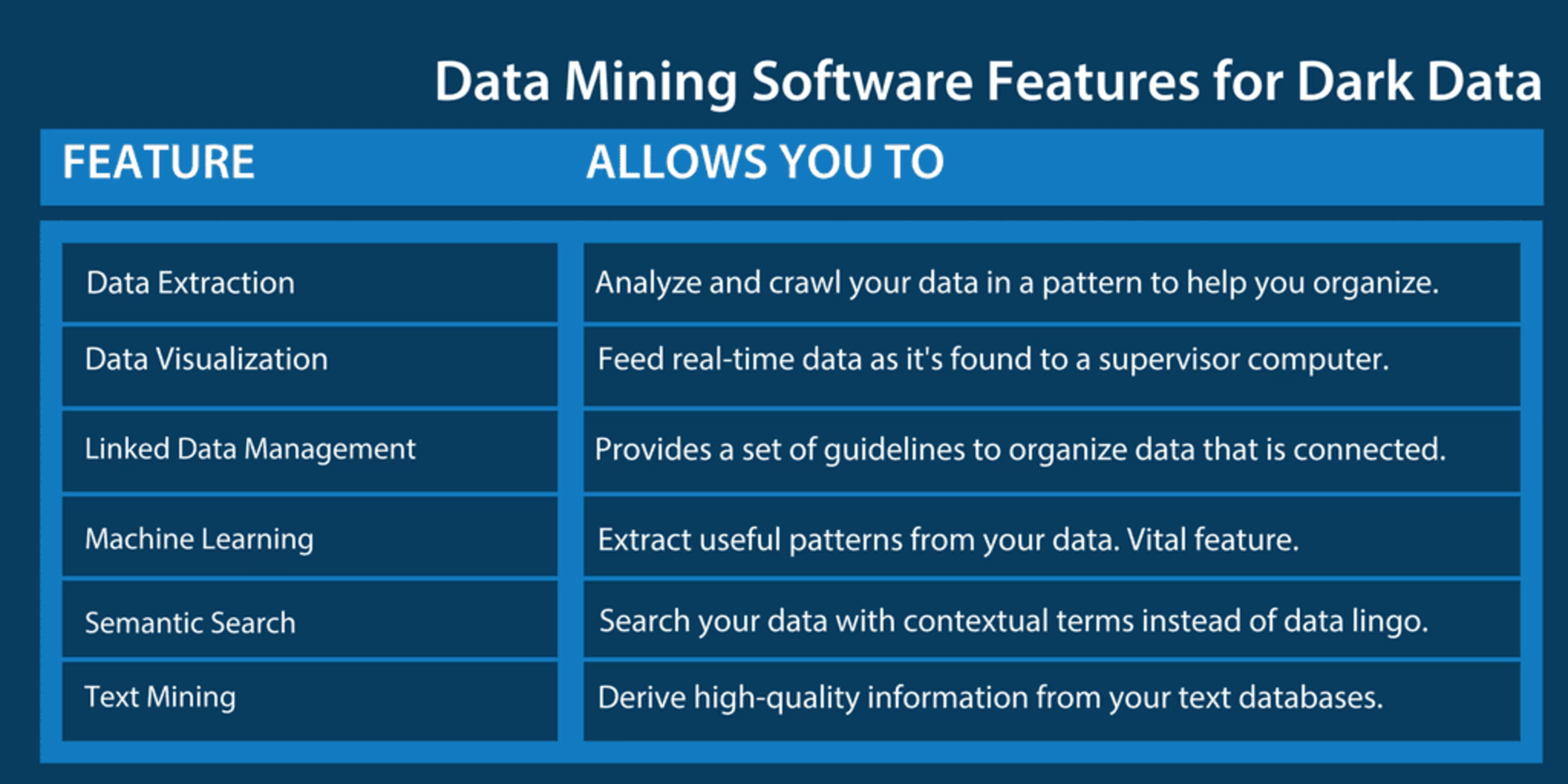
Data mining software features via Capterra
Remember though, just like you can't squeeze water from a stone, you can't make garbage data valuable just because you pull it out of the dark. Be fastidious in your data interpretations.
2. Management tip: You can't handle dark data alone
There's too much dark data to manage correctly without help.
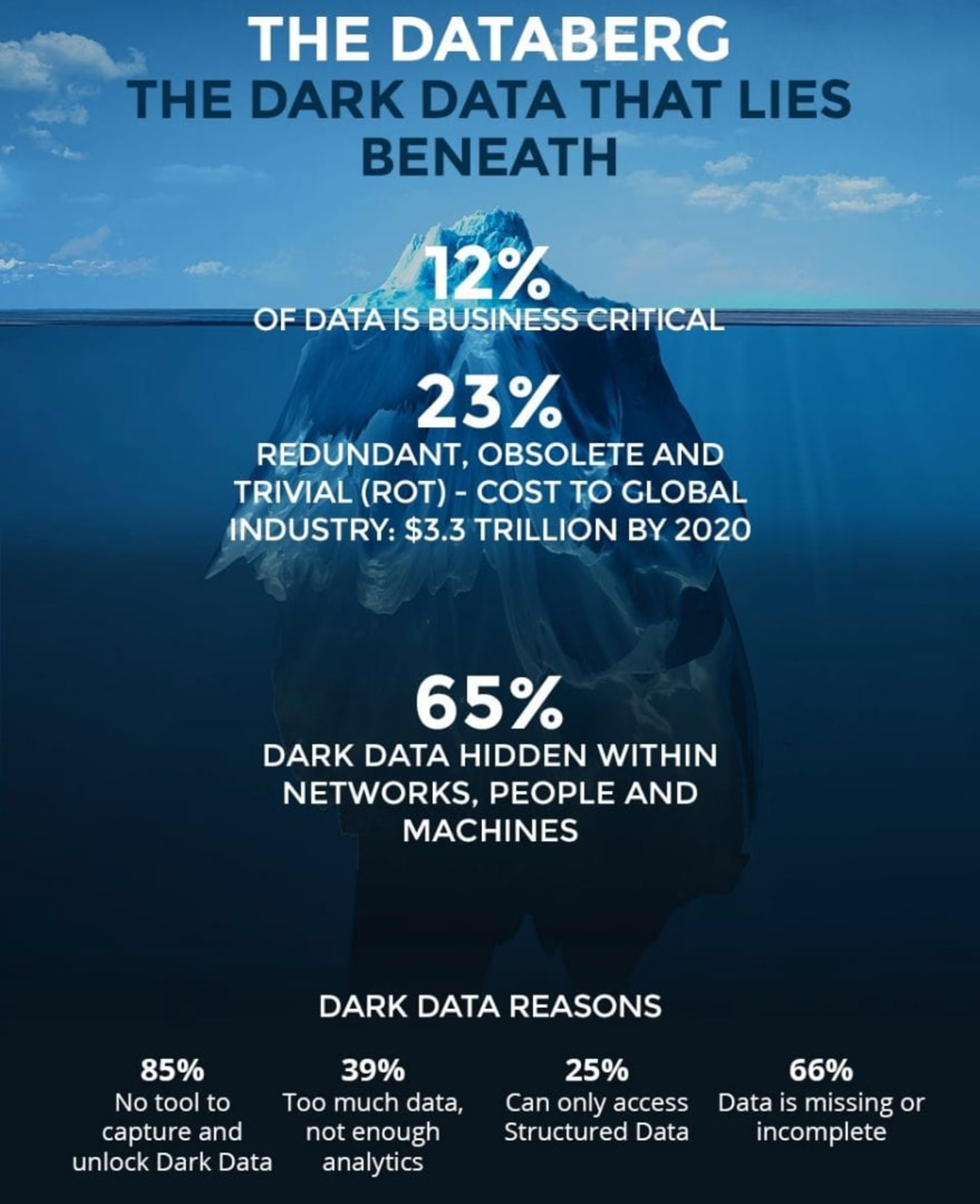
"The Databerg" via Datumize
Harvard Business Review estimated in 2012 that “Walmart collects more than 2.5 petabytes of data every hour from its customer transactions."
To put that into perspective, “a petabyte is one quadrillion bytes, or the equivalent of about 20 million filing cabinets' worth of text."
That's a lot of boxes of data, and that was six years ago.
Prowess sheds a little more light on what could be included in your dark data box:
Unstructured, or raw, data includes raw text, text messages, emails (such as internal organizational emails), videos (such as surveillance footage), audio (such as call center recordings), image files, data from Internet of Things (IoT) sensors, and geographic (geolocation) data. Dark data can include structured data too, assuming the data is not being analyzed.
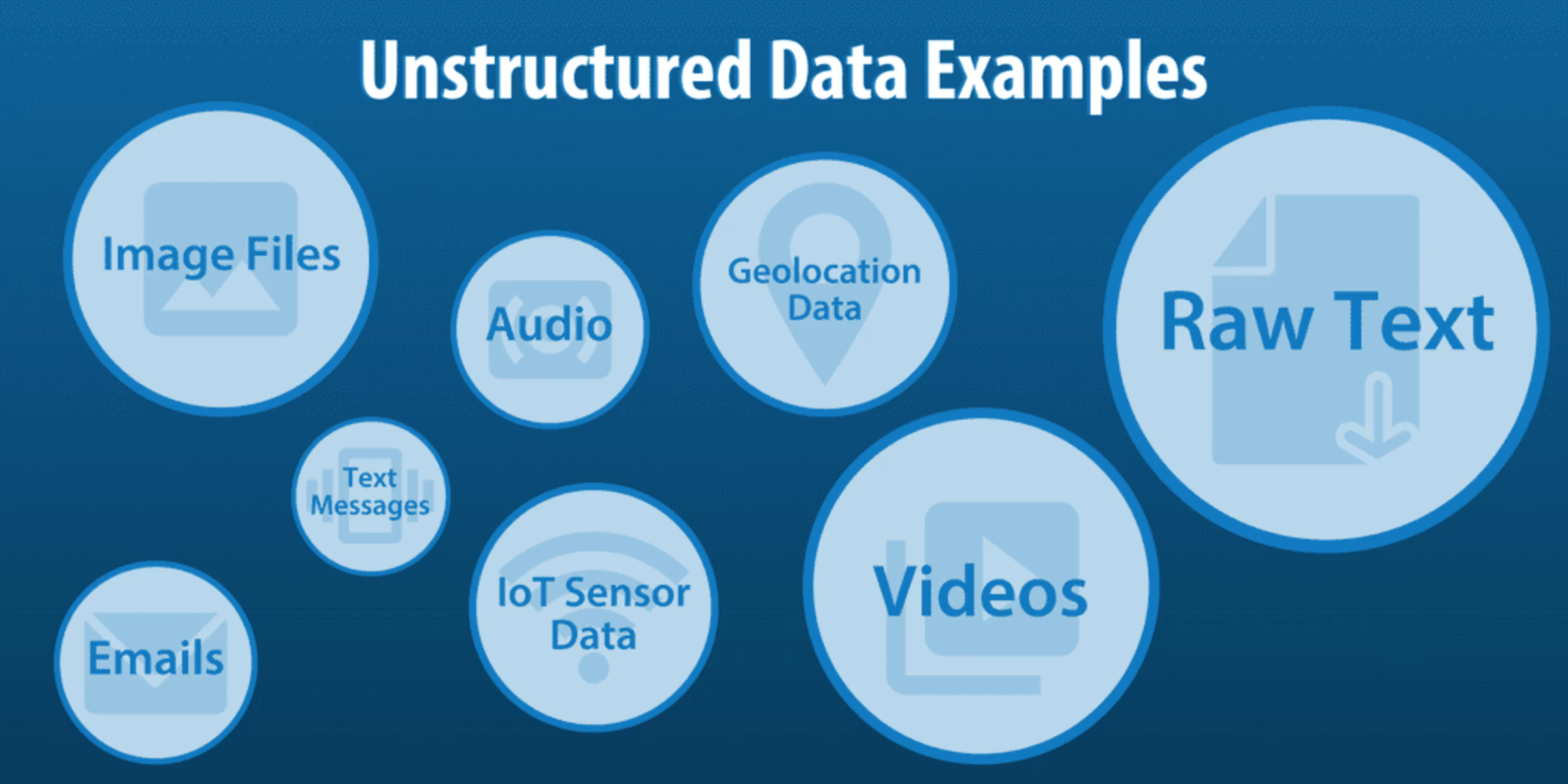
Data via Prowess, image via Capterra
The amount of data you collect as a small business is decidedly less than Walmart, but you are still responsible for ensuring your data is compliant with all the pertinent laws and regulations.
"Gartner predicts that through 2021, more than 80% of organizations will fail to develop a consolidated data security policy across silos, leading to potential noncompliance, security breaches, and financial liabilities."
You don't want to lose money to fines that you can avoid, so how are you going to manage your dark data?
Build dark data management into your records management infrastructure by educating your team and hiring the right people.
Correctly handling your dark data means fostering a team that is prepared and educated about dark data first, then arming them with the tools to wrangle your data into submission. For instance, consider hiring a records manager (RM), or training one of your existing staff to do the job. Records managers know the federal and state laws that regulate stored information, and that the potential for a regulatory blunder increases with the amount of data collected.
Then, give them the right document management software to keep track of all of your data.
With a stellar RM or a chief compliance officer (CCO), it is possible to efficiently implement risk management protocols despite the constant incoming stream of data.
Key takeaway: Supplement your records management and compliance teams with members who understand the regulations and know how to handle your dark data. These regulation experts can keep the fines from stacking up and help shine some light on how to structure your dark data into manageable pieces.
Look for individuals with these titles or certifications:
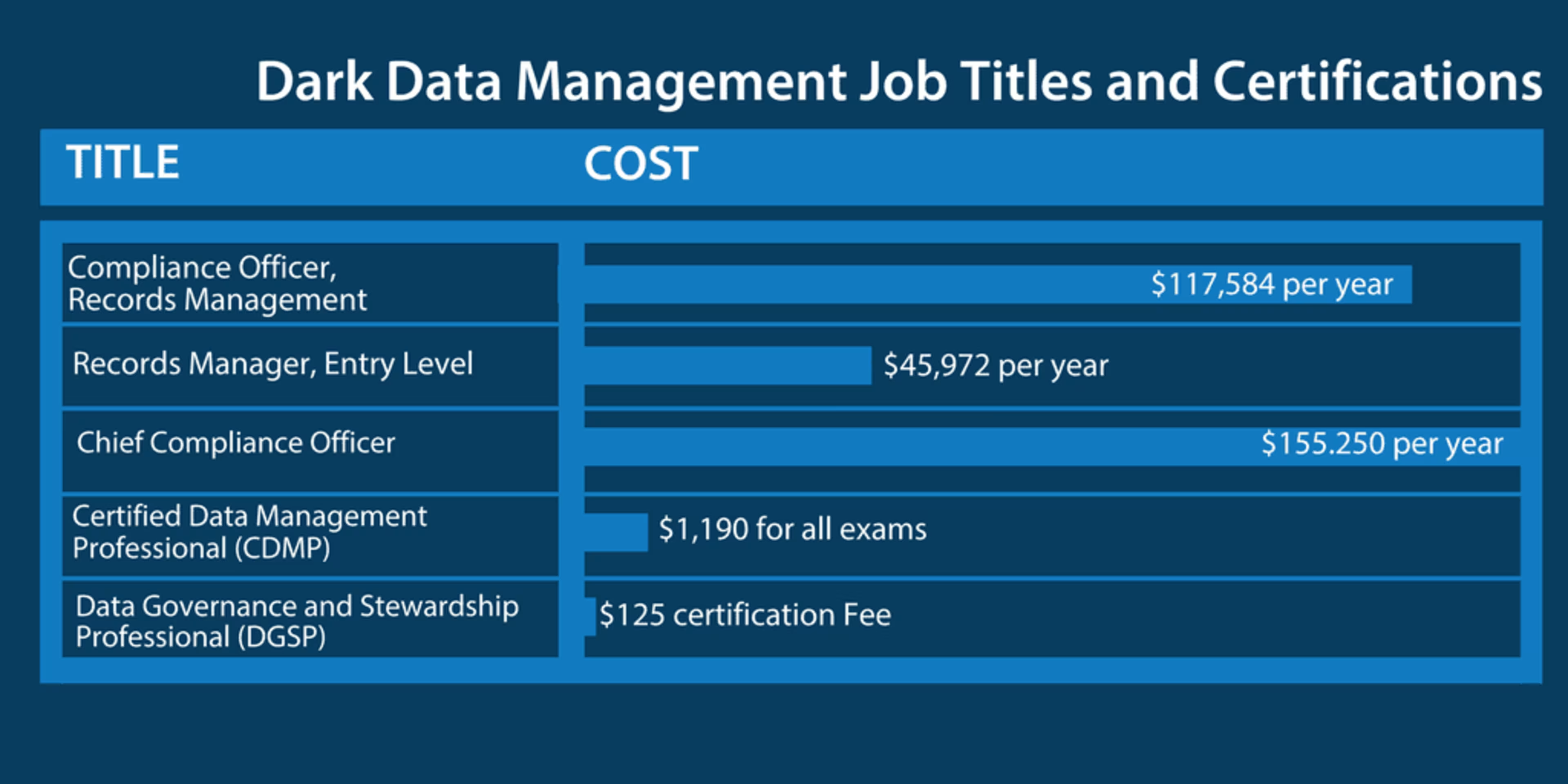
via Indeed.com as of March 29, 2018
3. Security tip: Your dark data puts your business at risk
According to IBM research, greater than 80% of data is dark data and therefore not used.
Identified data is already being monitored and protected (we hope).
Think about the cybersecurity risks your dark data presents. The “out of sight, out of mind" mentality means the data you're not focused on is not secure, and therefore more open to hackers... this means more money in data thieves' pockets.
Mika Javanainen of M-Files states, "Dark data in the form of unsecured and unprotected confidential content can also create security risks, which can lead to legal and financial liability if inadvertently accessed by unauthorized individuals."
Consider the amount of valuable information your company might store about clients or business transactions that falls into the dark data void. Hackers know it's there and they know you aren't watching.
Easy pickings.
Key takeaway: Find a data governance solution that can structure your data and a data security solution to identify potential targets for hackers. Only by having the perfect blend of both can small businesses avoid noncompliance fines and protect their company's data.
Look for data governance and data security software solutions that offer these features:
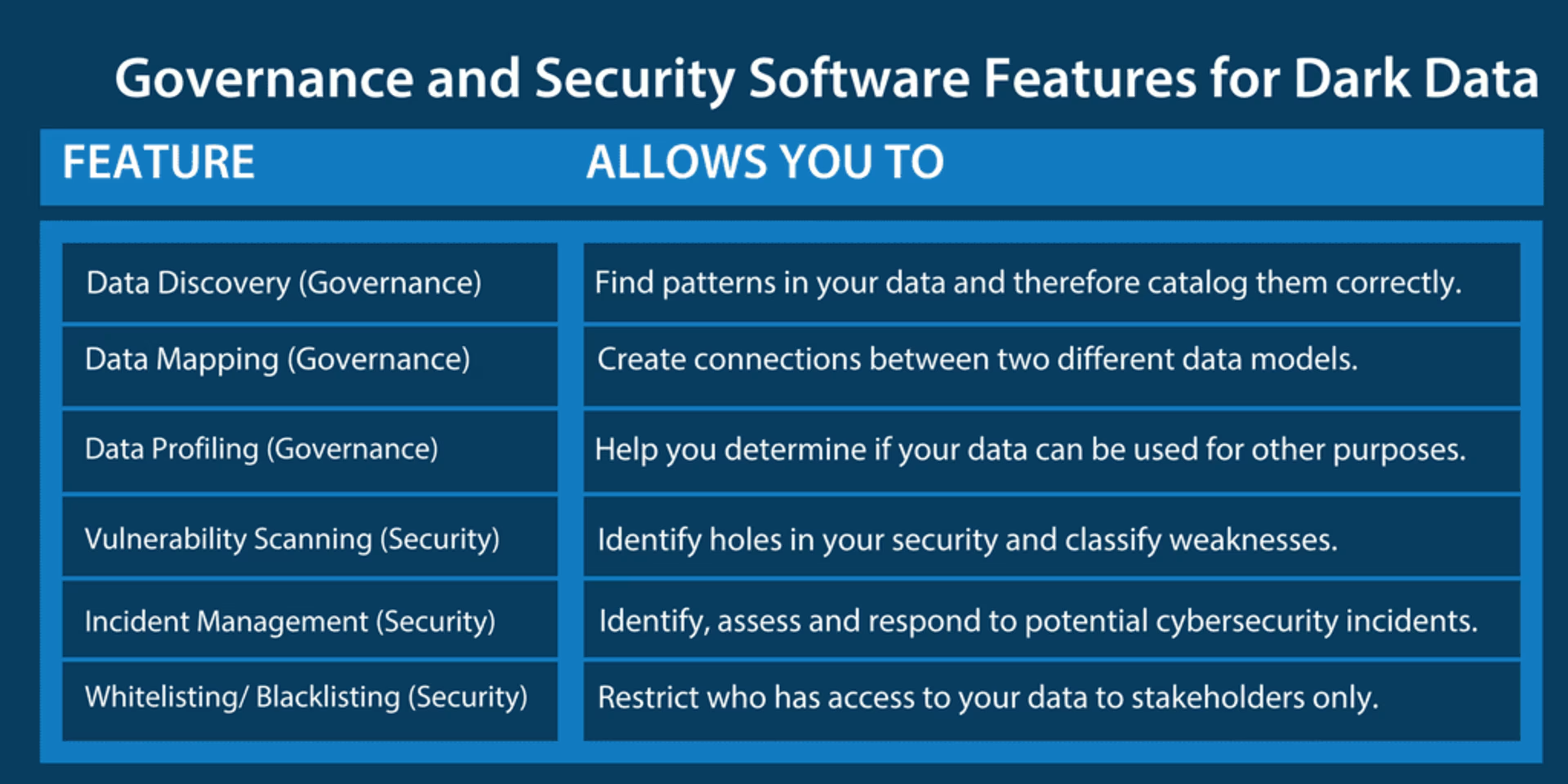
via Capterra
4. Communication tip: Tell your stakeholders what you find
You've identified your dark data and you're learning great things about your users.
Great! But now what?
Now you have to present that data to relevant stakeholders in an understandable and actionable way. That means making the data "easy" to understand and use. For instance, which of these are more understandable by your stakeholders?
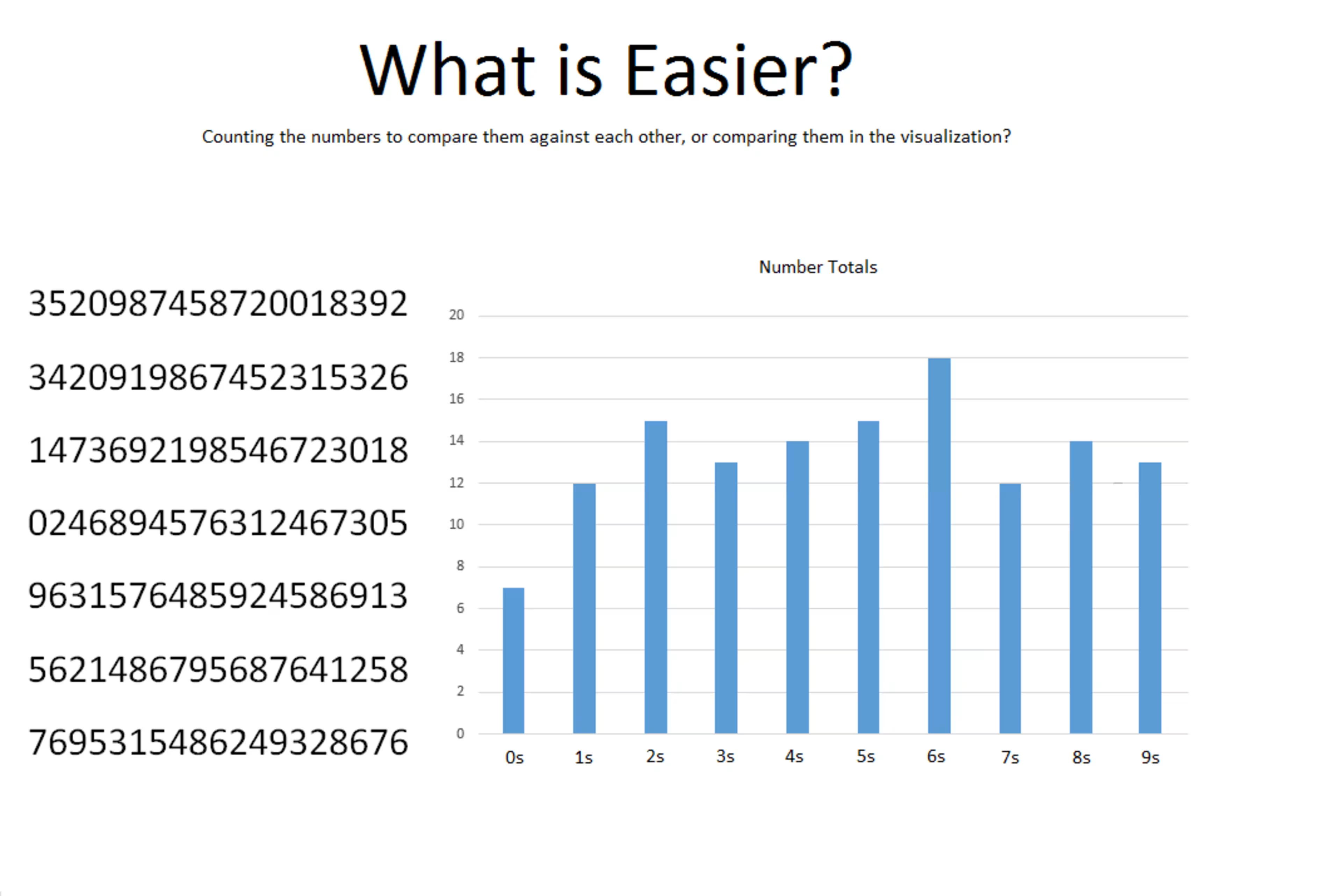
Why you should use data visualization via Dundas
First, consider who your stakeholders are:
Your marketing team—Include anyone who works on marketing strategy from your CMO down to the social media team. Insights from your dark data can help them target their campaigns.
Your finance team—A financial risk manager can tell you just how much you stand to lose if you get hacked, which helps you formulate a "Plan B" as part of a "data valuation," and can add your data to your balance sheet. Finance team members can also help you figure out how much it will cost to store your data, and help budget for any new strategies you formulate from your dark data mining strategies.
Your information security team—You want your IT team to know just how much data you have now so they can maintain your data security.
Key takeaway: Start using your dark data to inform some of your business decisions. Use a data visualization tool to communicate what the data is saying to your team. Make your dark data accessible to key members of your marketing and sales teams by ensuring you have the following data visualization features:
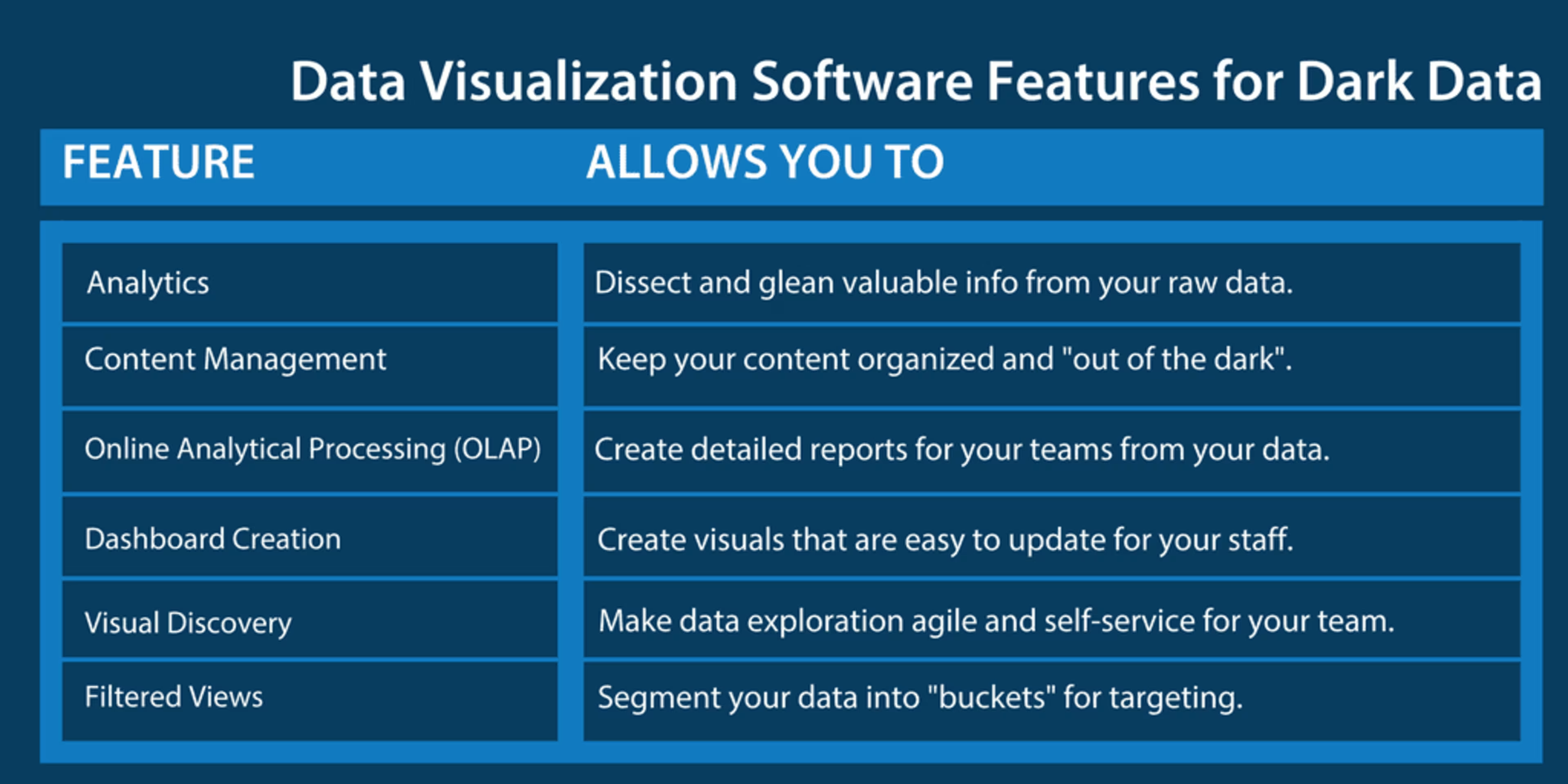
via Capterra
The time for creating your dark data mining and management strategy was yesterday
According to IDC's Data Age 2025 report, "By 2025 the global datasphere will grow to 163 zettabytes (that is a trillion gigabytes). That's ten times the 16.1 ZB of data generated in 2016."
Even if your small business only accounts for a fraction of that data, it's still a lot of information to store and dispose of properly. As a trustworthy business owner, you need to factor data governance into your team structure and transactions.
Consider the insights you are missing by not taking a closer look at your dark data. Can you really afford to ignore that information, especially knowing that your competitors are already taking a look?
The only question now is how are you going to catch up and overcome the competition using your dark data?
Want to learn more about big and dark data? Read these articles:
What Is Dark Data Doing For Your SMB?
What Is Big Data And How Can It Empower Your Small Business?